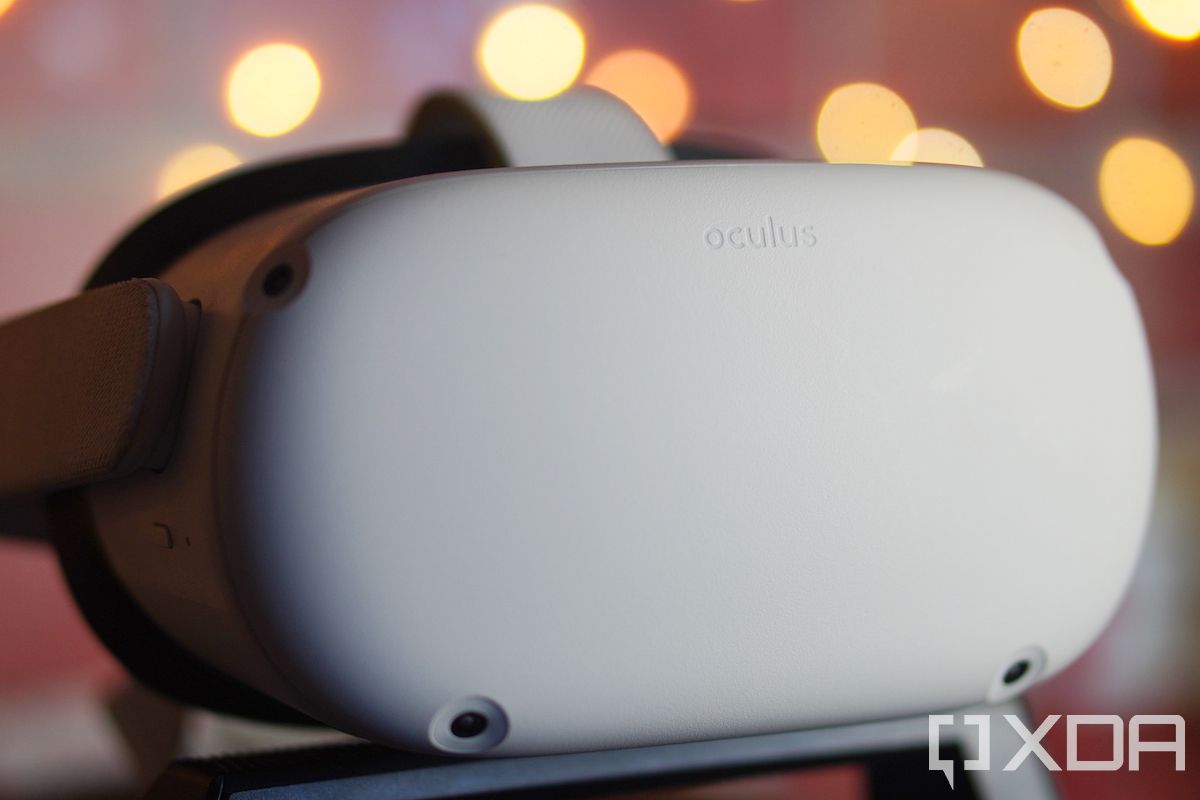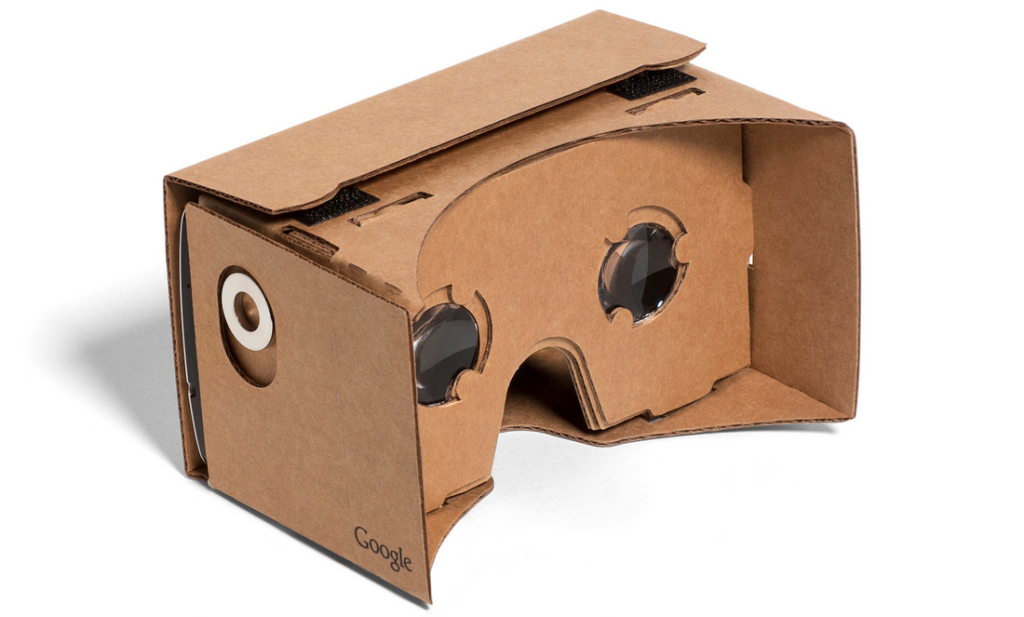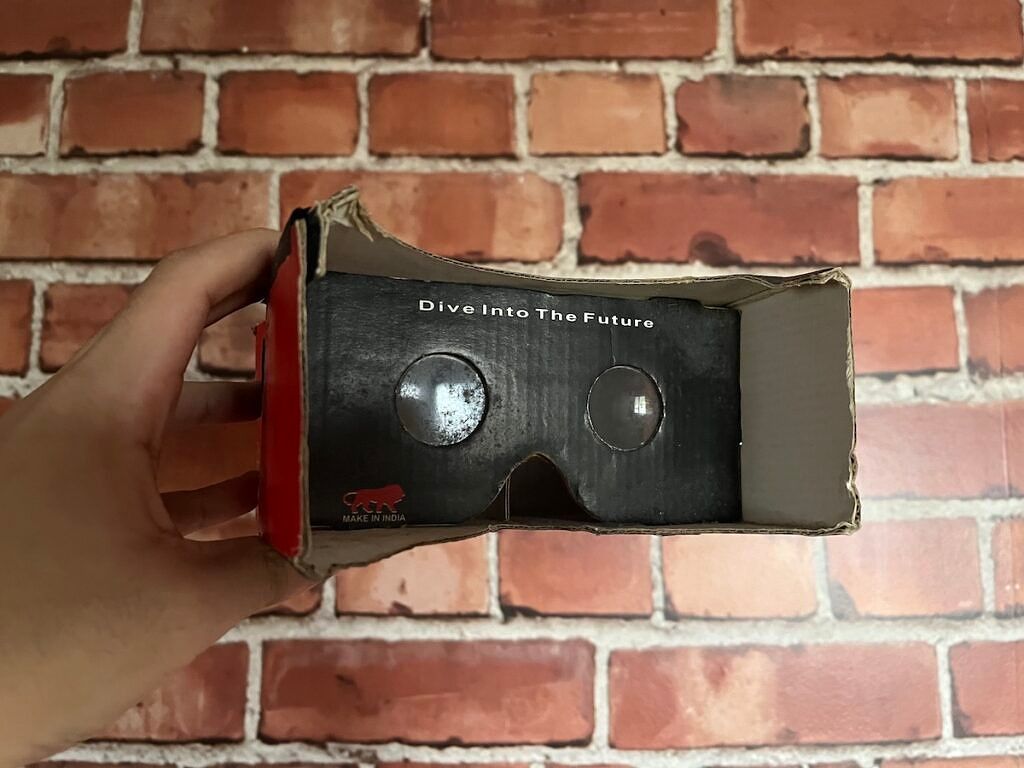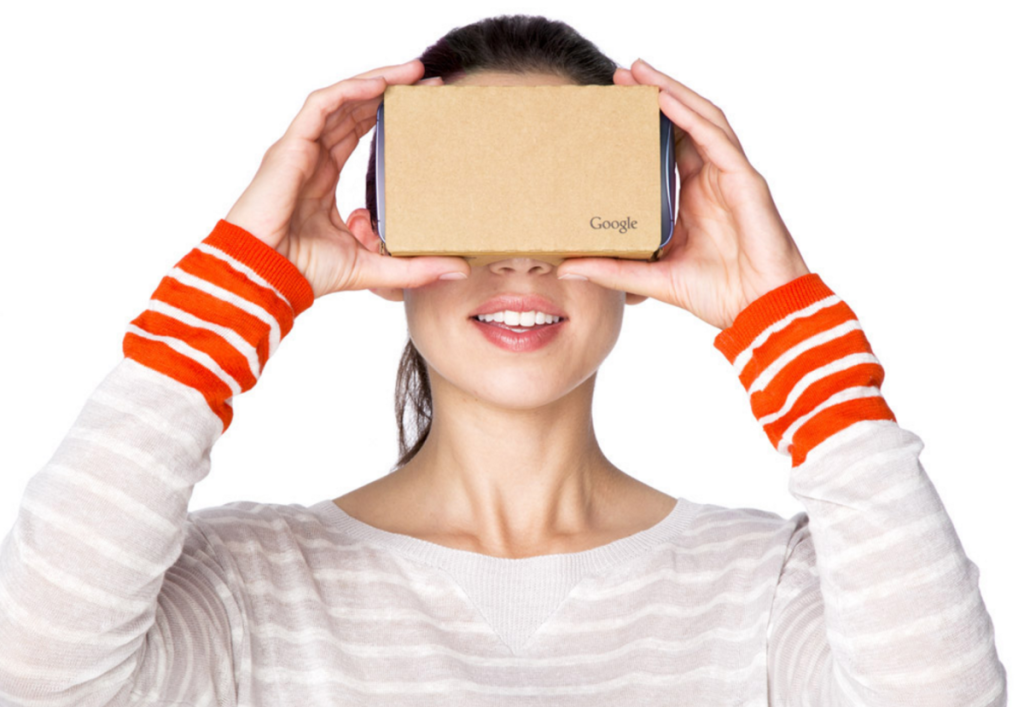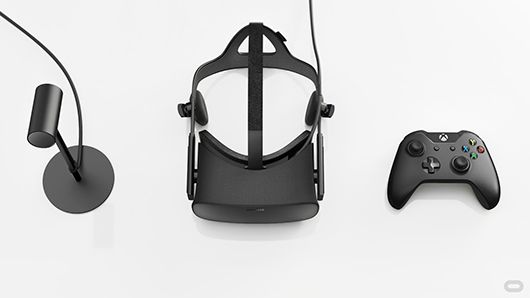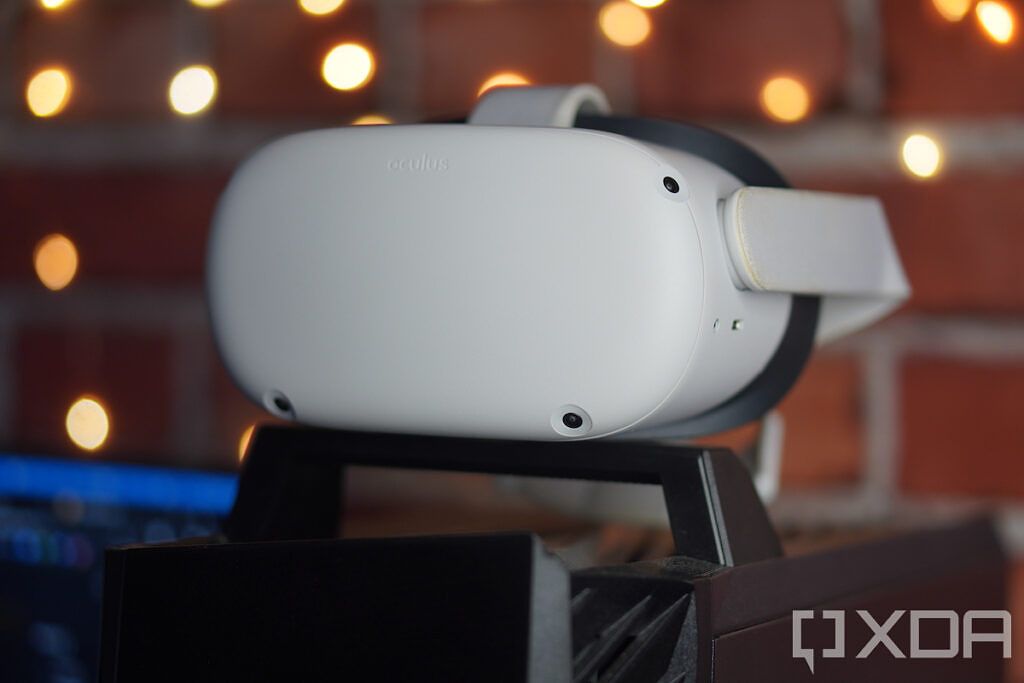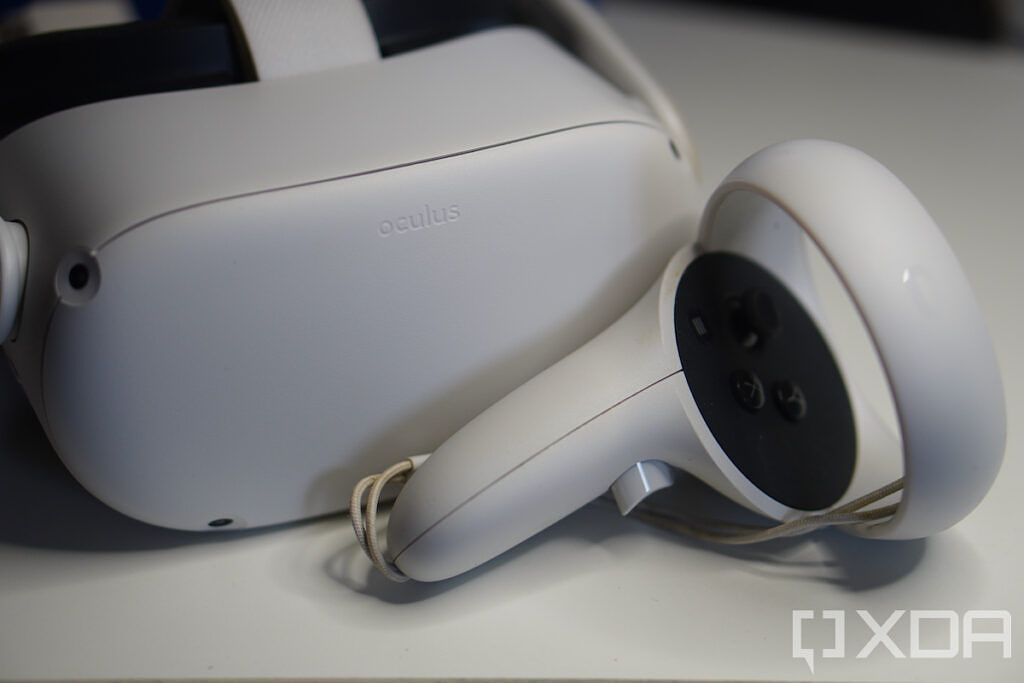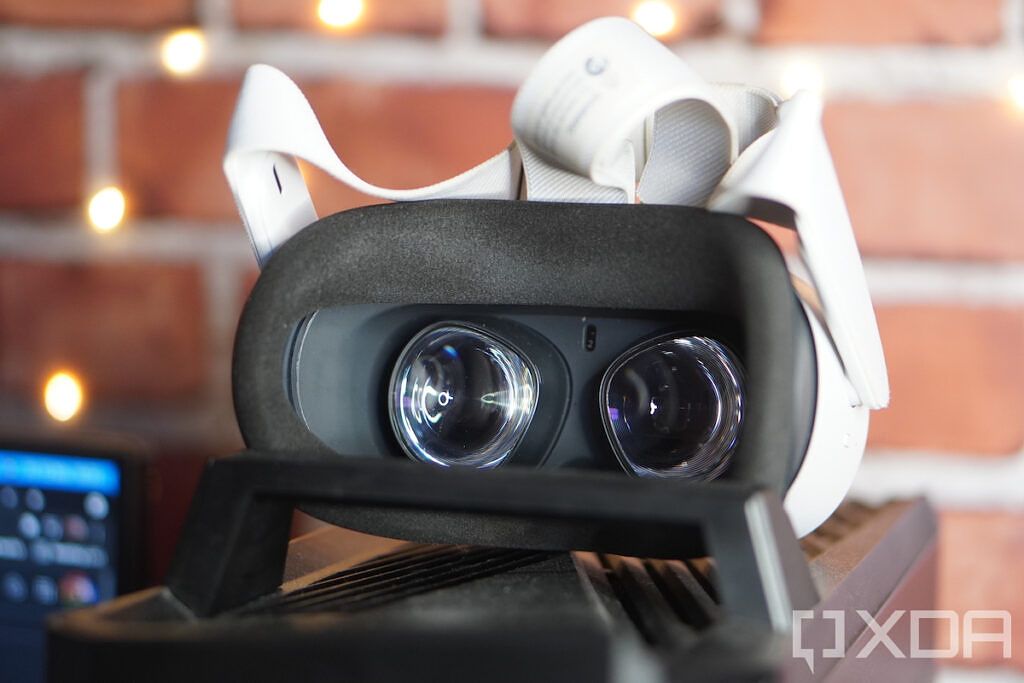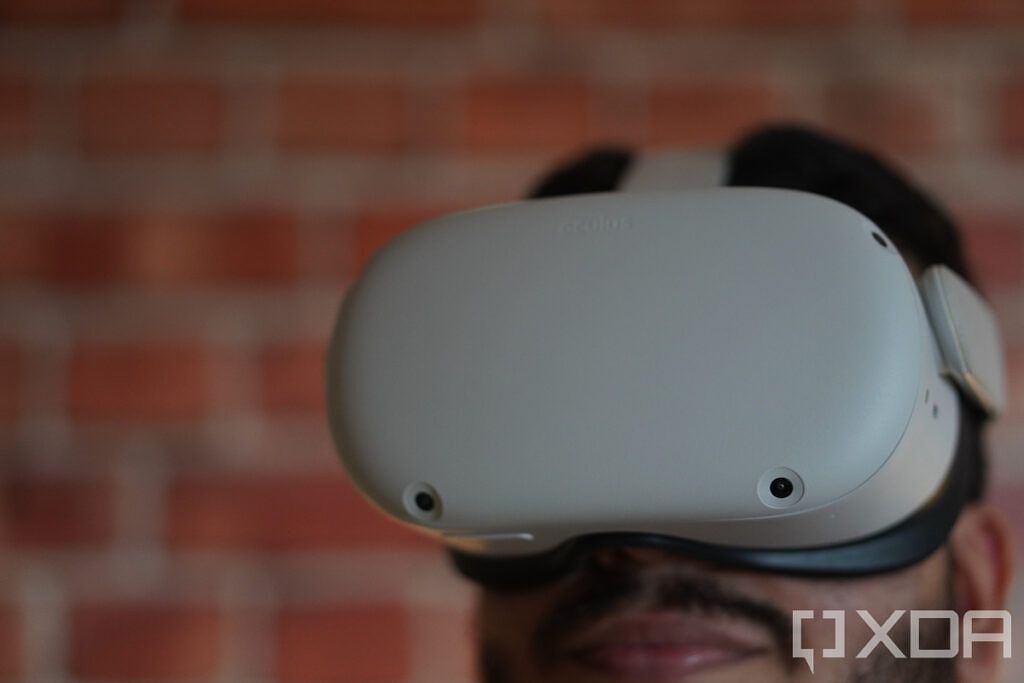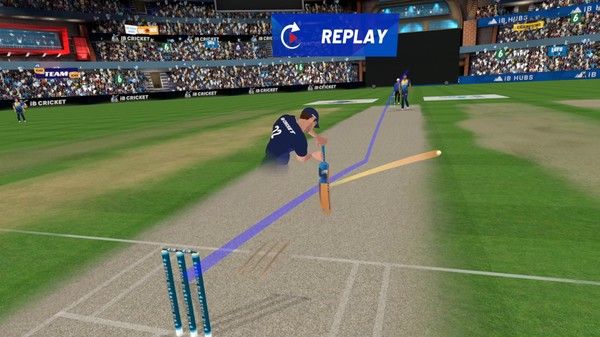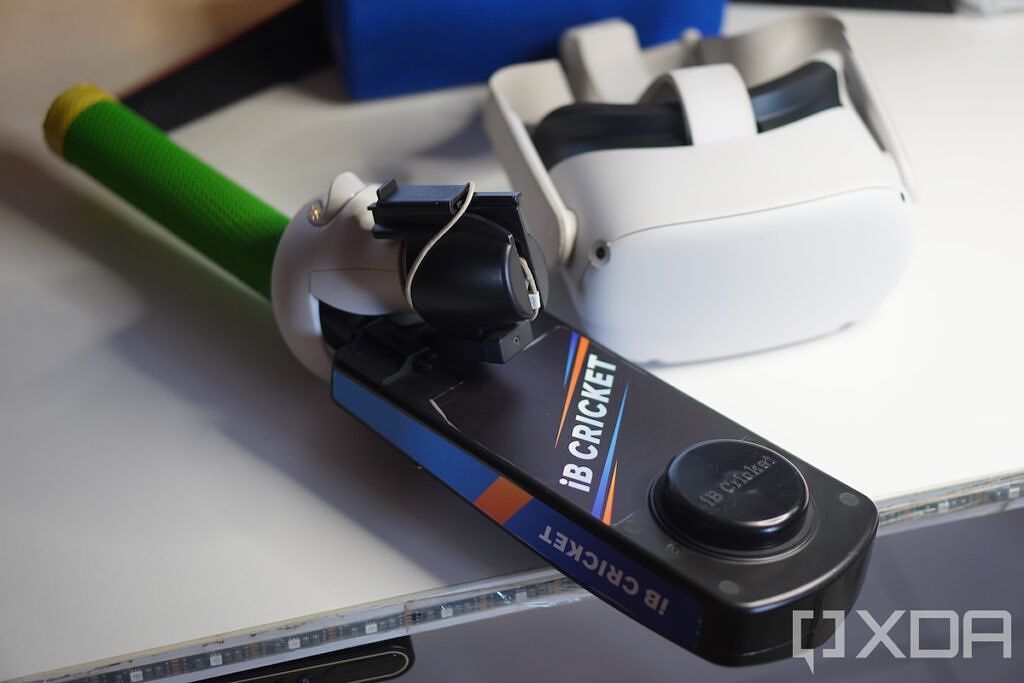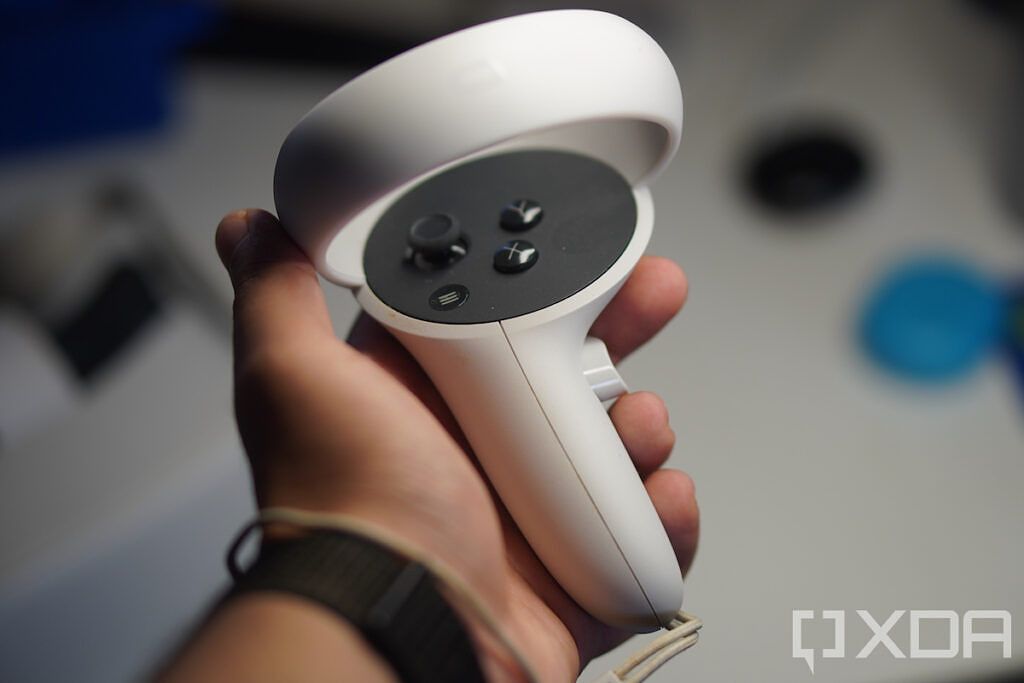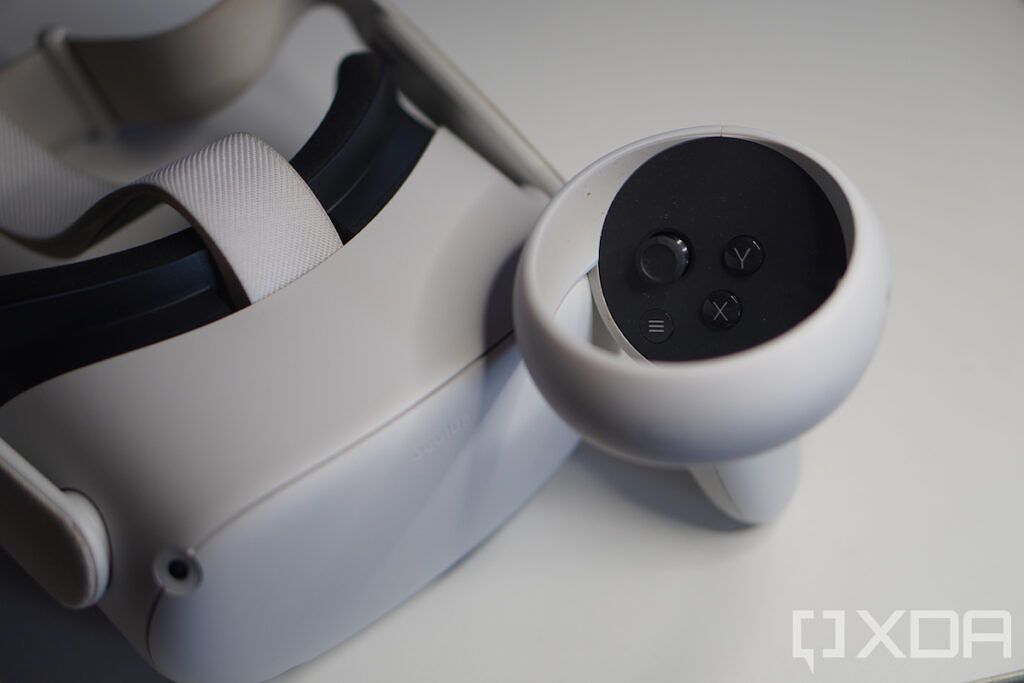Virtual Reality, more commonly referred to as VR, is a concept that has been around for some time now. While consumer VR headsets were first made available way back in the 1990s, it wasn't until two decades later that the tech started to get some shape and gain popularity. In 2014, Google launched Google Cardboard, a DIY project to further familiarize the masses with the concept of VR. Google Cardboard was a platform that enabled consumers to experience VR in a cost-effective way. It involved using your smartphone with a piece of cardboard and a couple of lenses to create an immersive effect.
Both Google and third-party developers then launched a bunch of apps that would let you experience content in VR. This included media players, games, galleries, etc. Google even introduced a VR mode within the YouTube app that would let you watch a video with a three-dimensional experience. While Google didn't sell the Cardboard kit in India, there were several third-party manufacturers who sold their own versions. I got hold of one from a local brand and that was my first experience with VR.
My first experience with VR
The VR excitement faded away quickly with Cardboard. Really quickly.
Believe me, when I used it for the first time, it seemed like the coolest piece of tech ever made. I could watch movies in 3D, get on roller coaster rides from my couch, view panorama images shot on my phone in a 360-degree view, step into Jurassic park, and whatnot. It was a pity, though, that the excitement faded away quickly. Really quickly. The day I got it, I spent hours downloading all the apps and games I could from the Play Store. The next couple of days involved calling over a few friends to prove I'm the coolest person around because I had a VR headset.
Less than a week later, my beloved VR headset landed in a corner of the cupboard I least visit.
What went wrong?
The concept of being in an alternate reality inside of a virtual world was no doubt, extremely cool. But after a couple of tries, it just got boring and mundane. This brings me to the first downside of experiencing VR via a smartphone -- a limited scope of what you can actually do. You can't watch a two-hour-long movie every day. The library of apps and games was vast, but repetitive. A roller coaster ride at the amusement park, a submarine trip underwater, and a drive through the hills -- all of them sound great until you realize the 8 apps you downloaded have the same thing, just at different locations. You get where I'm going with this.
I concluded that VR was just a fad that would soon fade away.
The few games that were actually interactive relied on a magnetic button for user input. That too was a hit or a miss on most occasions. Not to forget, the fatigue experienced by the hand from holding the headset for an extended period added to the discomfort, and some people even experience varying levels of dizziness and sickness. The 480p display on my smartphone didn't make things any better either. All of these reasons combined contributed to creating a bad impression about VR. I concluded that VR was just a fad that would soon fade away.
What I failed to realize was that my understanding of VR was only limited to a few hours I spent with my phone slotted into a cheap piece of cardboard. What I needed to experience was "real" Virtual Reality.
The onset of VR Gaming
I've never really been an ardent gamer. The only consoles I've ever had are the Game Boy Advance SP and the PlayStation Portable (PSP). I haven't really played a lot of PC games either apart from a few versions of NFS and GTA. Yeah, you can call me a boomer. Either way, this is a big reason why VR headsets like the Oculus Rift or HTC Vive didn't catch my attention. I had no idea about what was going on in the gaming world. When the PS VR came out, I just blatantly assumed it was like the Google Cardboard, but used the PlayStation as an input source instead of a smartphone.
Only when I started covering and writing about tech in 2018, I realized there is a lot more to VR than just stupid roller coaster rides with your smartphone as a display. There are GPUs specifically suited for VR Gaming, Steam has its own VR headset, and there are VR versions of popular game titles that are actually playable with controllers instead of a finicky magnetic switch. That sort of piqued my interest in VR yet again. This time too, it was short-lived, though. Not because of a bad experience, but because of the price tag, especially here in India.
Discovering the Oculus Quest 2
Fast forward to 2021, I came across a few videos on my YouTube recommendations related to the Oculus Quest 2. Note that till this point, I wasn't aware of the fact that the Quest 2 was a standalone VR headset. My only knowledge about Oculus was that it's owned by Facebook Meta, so it's best to stay away. Anyhow, I fell for the clickbait thumbnail and watched the video. That video completely changed my understanding of VR. What followed was an endless loop of watching videos about the Oculus Quest 2. At the end of the eleventh video, I was convinced I wanted one.
Finding a way to play sports all by myself, that too from home almost seemed like a dream come true.
The actual VR games seemed really cool, the controls were intuitive, and the library was vast. From both my favorite sports -- Table Tennis and Cricket -- to popular titles like Superhot and The Walking Dead, everything that I would be interested in was there. A small backstory -- I absolutely love playing cricket. However, you need two full teams of many people to play the game outdoors, and well, I don't have as many friends around me. Finding a way to play the game all by myself, that too from home almost seemed like a dream come true. At this point, I'd decided to pick up the Quest 2 for sure. The decision also coincided with my periodic urge to splurge on tech. You know, one of those times when you just feel like buying something new because you haven't bought something new in a while. I'm surely not the only one, right?
Buying the Oculus Quest 2
Anyhow, now that I decided I wanted one, I did what anyone would do -- search for it on Amazon. And boy was I disappointed. I realized Oculus doesn't sell the Quest 2 officially in India which meant third-party sellers could price it exorbitantly high. The price in India was more than 2x the US retail price of $299. Of course, I didn't want to pay the extra premium. I started figuring out other ways to get it to India, including being extra nice to my cousins in the US who I hadn't spoken to in more than a year.
I finally found a local dealer who gave me a decent offer. It was still quite a lot more than what it costs in the US, but at this point I was desperate so I gave in.
Entering the Virtual World
Setting up the Quest 2 was quite straightforward, barring the stupid rule that you compulsorily need a Facebook account. I had to use my mom's since I don't have an account myself, followed by slight regret since I now essentially had four cameras in my room with the feed directly going to Facebook. Once set up, it didn't take long to figure out the controls and there I was downloading all the games I wanted to try.
It was that same feeling again from five years ago when VR felt like the coolest thing ever.
Before I knew it, I was hooked on popular VR titles like Beat Saber, Pistol Whip, Superhot VR, and Eleven Table Tennis. It was that same feeling again from five years ago when VR felt like the coolest thing ever. The difference is, I still think so more than six months after getting the Quest 2. It wasn't just about the visuals and the wide array of games. The biggest factor contributing to this experience was the controllers. Depending on what game I was playing, the controllers gave me an actual first-person experience. They turned into a paddle and a ball during TT, a gun and a magazine while shooting, and illuminating lightsabers while doing cardio in Beat Saber.
Enjoying a game and burning calories at the same time? Hell yeah!
One of the biggest problems, when COVID hit the entire world, was staying active. Well, it was a problem for me even prior to that. I'm just not a fan of working out which has led to an extremely sedentary lifestyle over the years. Since the time I got my Quest 2, that seems to have changed considerably. Games like Beat Saber and Pistol Whip involve body movements of various kinds that essentially result in a workout of sorts. Enjoying a game and burning calories at the same time? Hell yeah, I would take that any day of the week.
Gameplay Experience
All the games I've played so far have been completely immersive with the mechanics being realistic. I've played actual table tennis for years now and consider myself quite good at the game. My experience playing it on the Quest 2 has been fantastic. The power I put into the shots reflects accurately in the game, and so is the case for the direction in which I spin the ball. As mentioned earlier, I'm a huge fan of the game of cricket and iB Cricket on the Quest 2 absolutely blew me away.
Right from the game physics to the level of graphics, it feels extremely emulative. The shots I play are depicted exactly the way I intend to play the ball. I can face deliveries that are upwards of 140km/h giving me a real-world feel. I hadn't enjoyed playing any other game as much as this.
From the time I got my Quest 2, I've rarely ever failed to close the activity rings on my Apple Watch.
In fact, I even ended up getting a custom cricket bat specially designed to house the Quest 2 controller for even more realistic gameplay. Since playing cricket also involves a lot of physical movement, it also ends up being a workout while I enjoy playing. From the time I got my Quest 2, I've rarely ever failed to close the activity rings on my Apple Watch. This was a big task for me earlier since I just didn't bother moving around a lot.
Miscellaneous Features
The level of immersion that you get while you're gaming in VR is unmatched. I hadn't expected the tracking to be so accurate, but I was pleasantly surprised when I saw it in action. There are several other things you can do on the headset apart from gaming. You can watch shows on Netflix, there's a dedicated YouTube app, a built-in browser, and even the ability to connect peripherals and work on the headset by remotely controlling your desktop.
Speaking of connecting to a desktop, the Oculus Quest 2 can even function as a PC VR headset apart from being a standalone one. You can play your PC VR titles by connecting the headset to the PC either via a cable or wirelessly and enjoy an even wider library of games. The Quest 2 runs a build of Android which means you can sideload APKs and run normal apps too.
Oculus Quest 2: Money well spent!
Even though I paid more than I should have, it was totally worth it.
Even though I paid more than I should have, it was totally worth it. The Oculus Quest 2 is undoubtedly my best tech purchase of the year. Not only do I absolutely enjoy playing games on it, but it has also allowed me to stay active while doing so. I pick up the headset as soon as I finish my shift because it's also become a great way to relax. For anyone looking to enter the world of VR, the Quest 2 is an awesome pick. Provided you're fine with a Facebook-linked device with cameras living with you, that is.
I'm glad that the Oculus Quest 2 could change my initial perception of VR. I can now see various use-cases of this tech and how we'll see more of VR and AR making it to the mainstream "metaverse" going forward. I still fire up a roller coaster ride from time to time for nostalgia though. Be right back, time to hit Disneyland!

